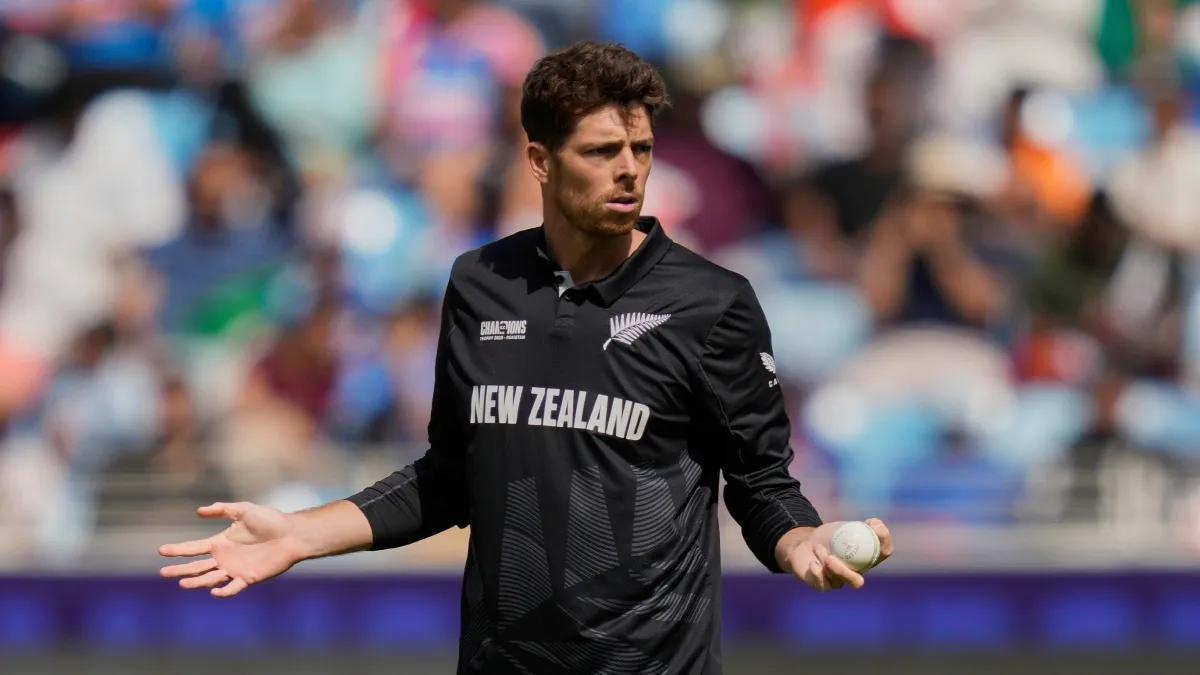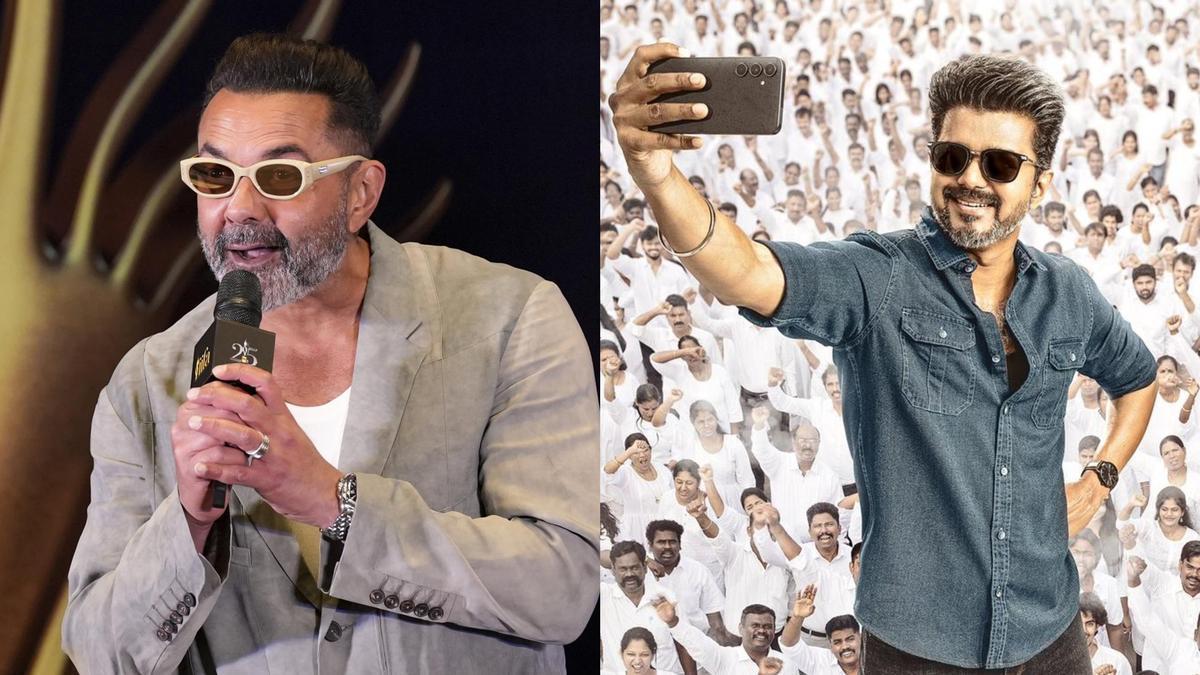
Preparations for the 2025 edition of the Indian Premier League (IPL) have begun in earnest. The Board for Control for Cricket in India (BCCI) has announced plans for a mega auction to refresh team rosters ahead of the highly anticipated season. To finalize the rules and regulations for this auction, the BCCI convened a crucial meeting with the owners of the IPL franchises on July 31. However, the gathering was far from harmonious, with significant disagreements evident among the ten team representatives, especially regarding the number of player retentions allowed.
It emerged that some teams were not in favor of holding a mega auction at all. Among them was Kolkata Knight Riders (KKR), one of the franchises advocating for either the cancellation of the mega auction or a system allowing more player retentions. On the other hand, Punjab Kings (PBKS) stood firm on supporting the traditional mega auction format with a limited number of retentions. This clash of opinions led to an intense exchange between Shah Rukh Khan, Bollywood superstar and co-owner of KKR, and Ness Wadia, co-owner of PBKS.
In the wake of reports of the heated argument, Ness Wadia has taken the opportunity to clear the air. He has acknowledged the differences in opinion he had with Shah Rukh during the meeting, yet he insists that there is no lingering animosity between the two. “I have known Shah Rukh for more than 25 years. There is no animosity here,” Wadia said in an interview with Cricbuzz.
Wadia elaborated that the nature of such meetings is inherently collaborative and that expressing differing views is part of the process. “Everyone gave their views, and they had their opinions. At the end of the day, you have to look at all the stakeholders and do what’s best for all. That’s most important,” he continued, emphasizing the importance of considering all perspectives to make decisions that benefit the entire league.
Meanwhile, the debate over the mega auction rules was not the sole point of contention at the meeting.
. Another significant issue discussed was the impact player rule, which has been a polarizing topic among the franchises. Delhi Capitals (DC) were among the teams vocal about discontinuing this rule, expressing concerns over its implications for Indian cricket. DC co-owner Parth Jindal argued against the rule, stating, “Some people want it because it gives a chance to young players to play in the IPL. Some people don’t want it because it is detrimental to Indian cricket in terms of the development of allrounders. So it’s a mixed bag. I’m on the second camp.”
Jindal further explained his stance, saying, “I don’t want it. I prefer the game as it is 11 versus 11, and I think all-rounders are very important. And you have different players who don’t bowl in the IPL or don’t bat in the IPL because of this rule, which is not good for Indian cricket.”
These discussions are crucial as they shape the landscape of the IPL, which remains one of the most lucrative and popular cricket tournaments globally. The outcome of such meetings and the decisions taken will have a lasting impact on the format, competitive balance, and the overall direction of the league.
In the backdrop of these debates, the BCCI must weigh the franchise owners’ differing viewpoints and reach a consensus that upholds the spirit of the IPL while fostering the development of cricket in India. The balancing act involves satisfying team owners’ interests, ensuring competitive play, and promoting young talent, all while maintaining the league’s global appeal.
As the preparations for IPL 2025 continue, the BCCI and team owners will undoubtedly engage in further discussions to find common ground. The resolution of these debates will not only determine the immediate future of the league but will also set precedents for how such conflicts are managed in the dynamic world of cricket.
The sports world waits with bated breath to see how these high-stakes discussions unfold and what new rules might be introduced. All eyes remain on the BCCI’s next move as it seeks to administrate one of the sport’s most beloved spectacles, ensuring it grows in both charm and competitive spirit.










